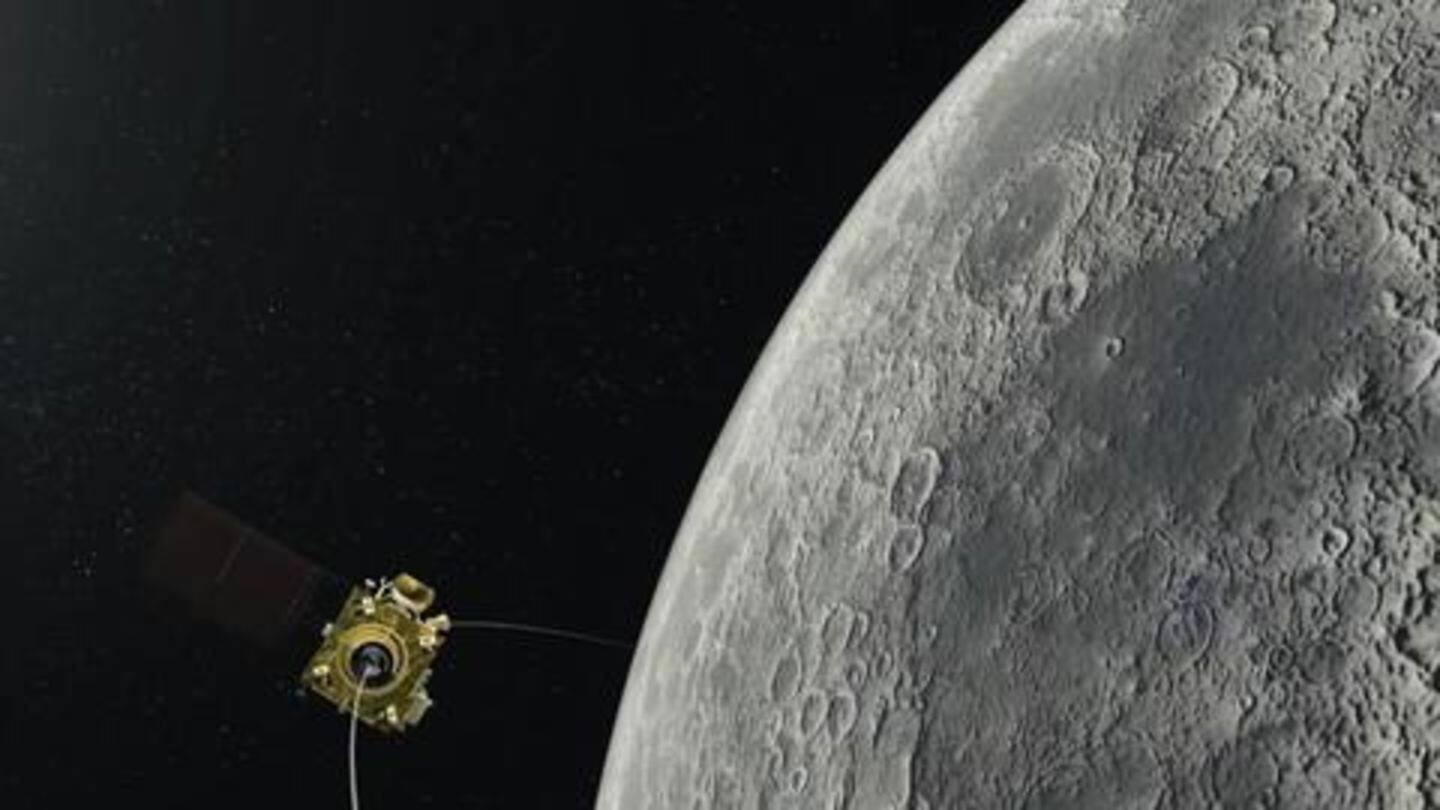
Vikram Lander detaches from Chandrayaan-2 orbiter, heading towards landing site
What's the story
After completing the final orbit change on September 1, the Vikram Lander of Chandrayaan-2, India's second-ever mission to the Moon, has detached from the orbiter element of the craft. The separation, according to a report from ISRO, took place at 1:15 pm today, taking Vikram into an independent, circular orbit closer to its final destination - the south pole of the Moon. Here's more.
Landing
Vikram to soft-land on September 7
ISRO has confirmed that Chandrayaan-2's orbiter will continue circling in its current orbit, while the orbit of Vikram will be lowered in the coming days. The deorbiting maneuvers will take place on September 3-4, taking the lander to a point from where it could execute a powered descent and soft-land between two craters on the lunar south pole - a completely unexplored territory.
Challenge
Powered descent would be a critical challenge
Vikram is orbiting 100km away from the landing site. However, once the orbit is lowered, it would come closer to the surface and create a map of the landing site. This would then be used by the lander to fire its thrusters and land on the targeted site. It would be a major challenge for ISRO as it won't be controlling the descent remotely.
Next step
Then, the lander, rover, and orbiter elements will work
After the lander settles, ISRO's six-wheeled rover, dubbed Pragyaan, will roll out and stroll on the lunar surface at a speed of 1 centimeter per second. It will conduct several experiments, including on-site chemical analysis of the surface, in conjunction with the lander. Meanwhile, the orbiter element of the mission will gather data from orbit and relay the same back to Earth.
Findings
We could learn a lot about Moon with Chandrayaan-2
In all, the mission has 13 payloads - 8 on orbiter, 3 on lander, and 2 on rover - for imaging and studying the lunar terrain and exosphere. The findings of the project will not only help scientists understand the topography of the lunar surface and delve into its origin, evolution but also provide more insight into the presence of water.